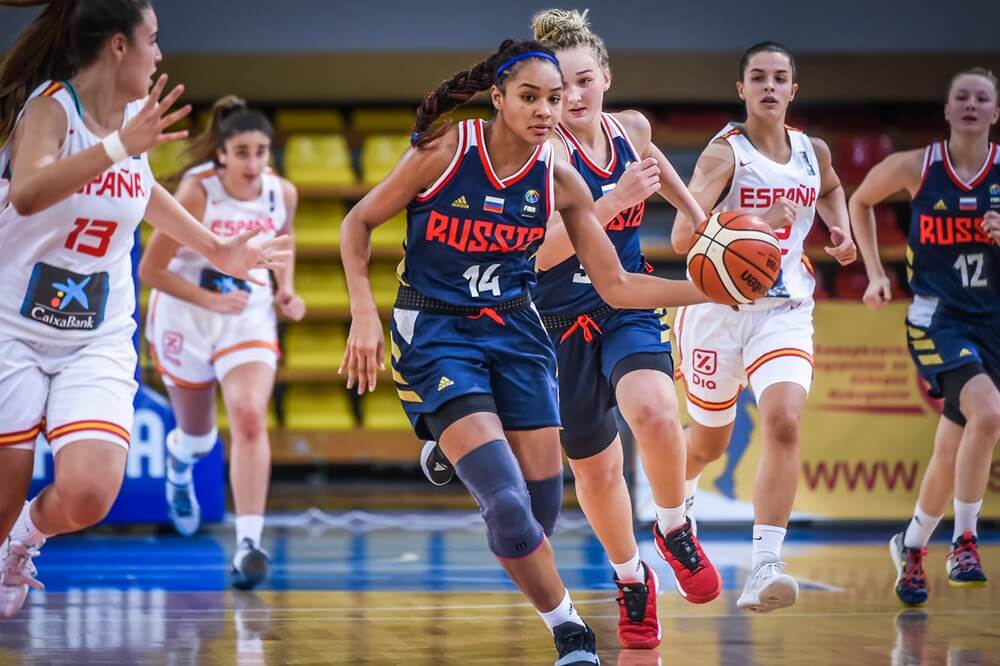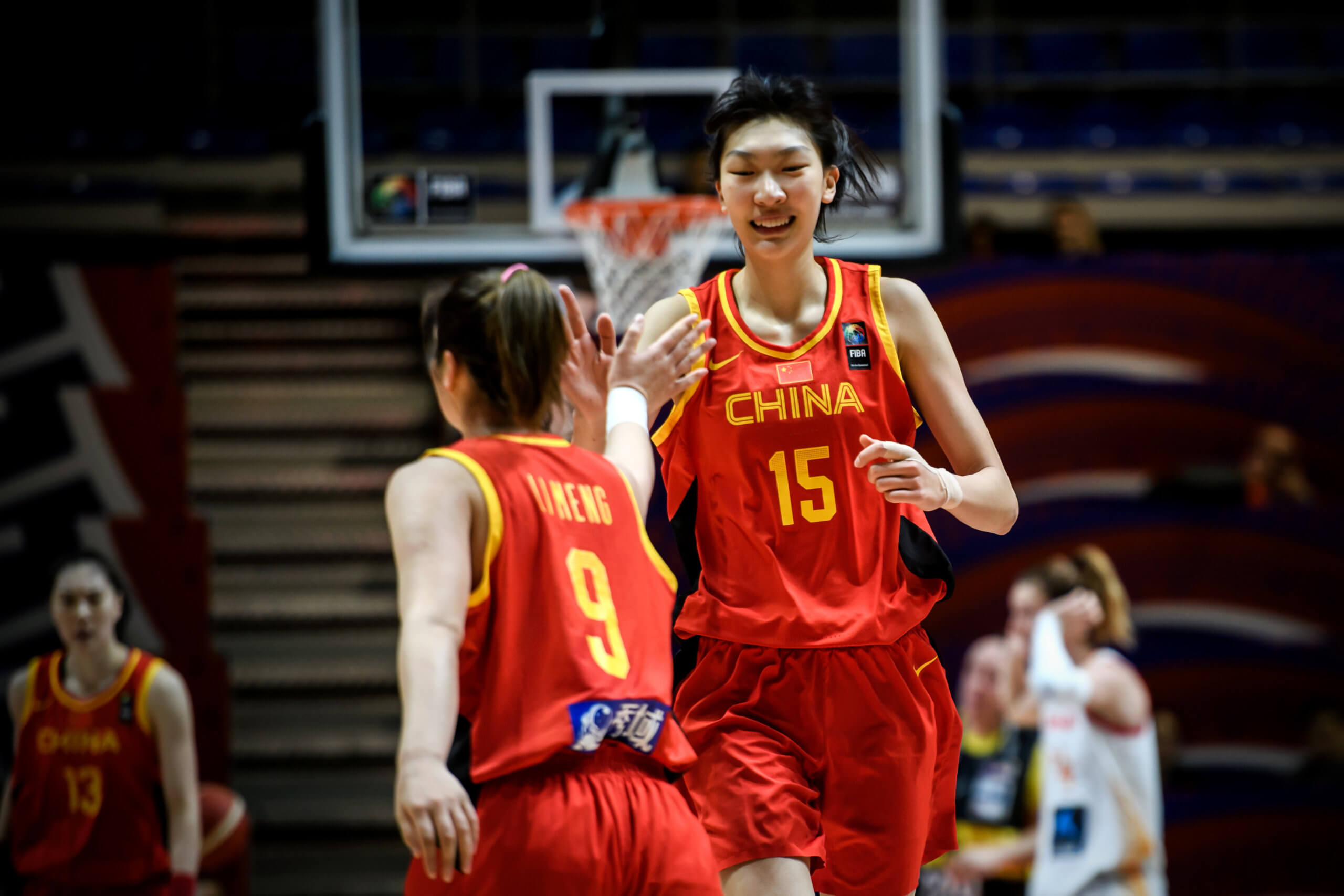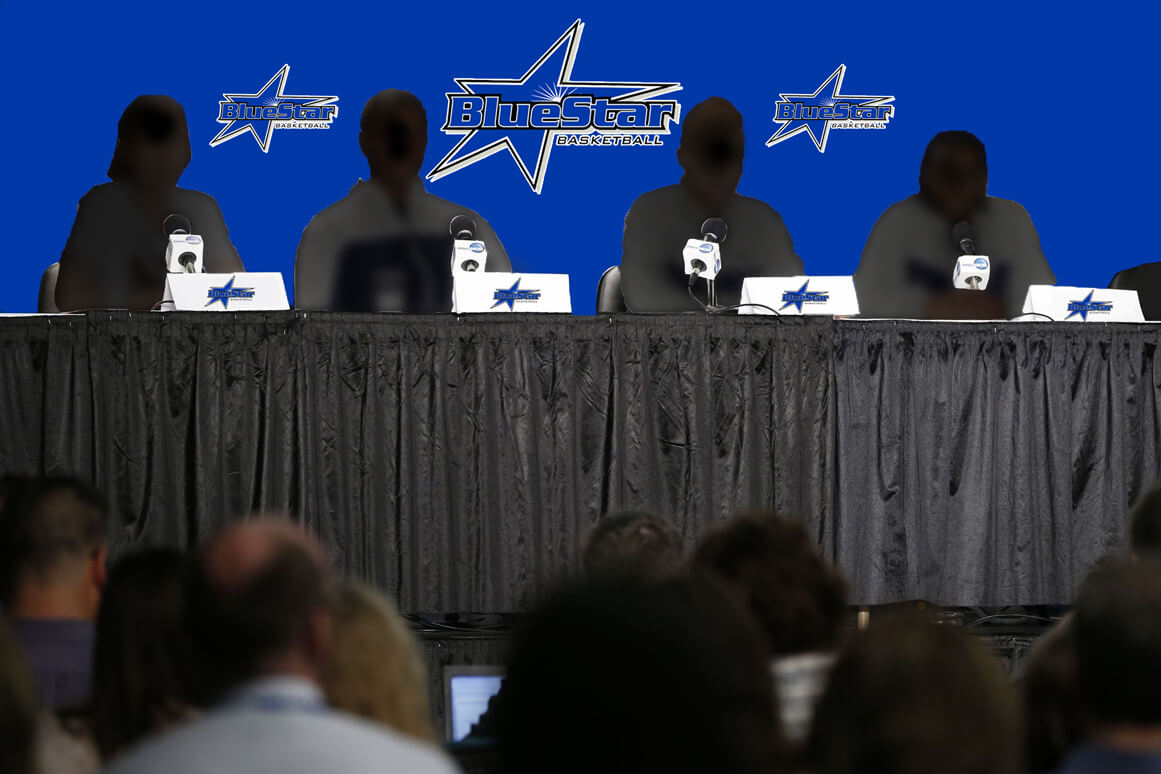There will be a new chapter written in the history of youth basketball this week in Bengaluru, India as the fifth edition of the FIBA U16 Women’s Asia Championship is expanded to include teams from the former Oceania zone.
That means that just like we witnessed in the seniors, it hands a new test for traditional powerhouse China, who must now contend with potentially having their crown dominated in future by Australia [possibly a strong future push by New Zealand too].
Although as the FIBA Asia Women’s tournament showed, favorites don’t always succeed as the Opals were toppled by Japan, with some saying punished for their arrogance of Sandy Brondello not attending and then parachuting in the likes of her husband Olaf Lange at the last moment. But, that is a whole different story.
As well as the actual results and change of dynamics in terms of who are the podium contenders, we will see a sea-change in the style of basketball played at this tournament. We will still see the ‘traditional’ perimeter-orientated and transition-loving Asian ingredients, with the perhaps more mixed approach of the Oceania nations.
Eight teams will play in two groups and then head straight into the Quarter-Finals on a crossover basis. As with any U16 tournament at the FIBA level, it is the sheer excitement of not knowing who might step onto the hardwood and make an explosive debut breakthrough.
You could be watching Olympic stars of the future and perhaps the first major [Seriously major] Asian superstar of the women’s game 5-10 years down the line. With Tokyo 2020, there is also naturally a more gravitational eye towards Asia than there ordinarily would be – especially on all things Japan.
.@JAPANBASKETBALL show their dancing skills😂😂#FIBAU16Asia pic.twitter.com/1ucIMb9KUW
— FIBA (@FIBA) October 21, 2017
Oh, and there is the not so small matter of the last remaining tickets on offer for the 2018 FIBA U17 Women’s Basketball World Cup in Minsk, Belarus up for grabs.
You will still have to take this competition with a slight pinch of salt though. Historically, it throws up some of the biggest mismatches around. There was a 147-20 to Chinese Taipei against Singapore a few years ago, China average 111 points per game in this tournament, Sri Lanka once scored 9 points in a game back in 2009, while even Korea are 1-11 against China/Japan and Chinese Taipei are 0-12 against China/Japan.
Maybe the shake-up via the entry of Australia and New Zealand is needed badly.
REMINDER | The 🇦🇺 Sapphires have landed in India ahead of their first game of the @FIBA U16 Asia Champs on Sunday: https://t.co/l2di7GUBoK pic.twitter.com/5gIkLWvZeC
— Basketball Australia (@BasketballAus) October 20, 2017
So, is there anyone to look out for? Well, there are a handful of names that are worth putting on your ‘watch-list’. These include:
(China) Li Yutong
(Australia) Shyla Heal, Kelsey Rees
(New Zealand) Charlisse Leger-Walker, Paris Lokotui, Ella Bradley, Isabelle Cook
(Japan) Maya McArthur, Sakura Noguchi, Lina Nakazawa
(Korea) Choi MinJu, Lee HaeRan, Kang Yi-Sun, Jung Yeo-Lim/YeRim
In terms of play-callers, look out for Shannon Seebohm, the coach of Australia who famously led the Sapphires to a first ever title at the FIBA U17 Women’s World Championship in Zaragoza during 2016. A top man, great aspiring coach and someone that others with youth players in their remit could and should be looking to for inspiration.
The website for the tournament is HERE and takes place between October 22-28.
You can follow events across social media via #FIBAU16Asia while our main man, who else? But, @MikeFlynn826 who will be in situ!
Paul Nilsen lives and breathes women’s hoops. He’s is a freelance writer working for the sport’s world governing body FIBA where he pens a weekly ‘Women’s Basketball Worldwide Column’ - as well as providing daily content on major club competitions, international tournaments and the women’s youth game. He has an extensive network of contacts across the globe, including an array of elite play-callers and players. Also a qualified coach and referee, he is a big supporter of Blue Star Media and joined as a blogger during the fall of 2016.




